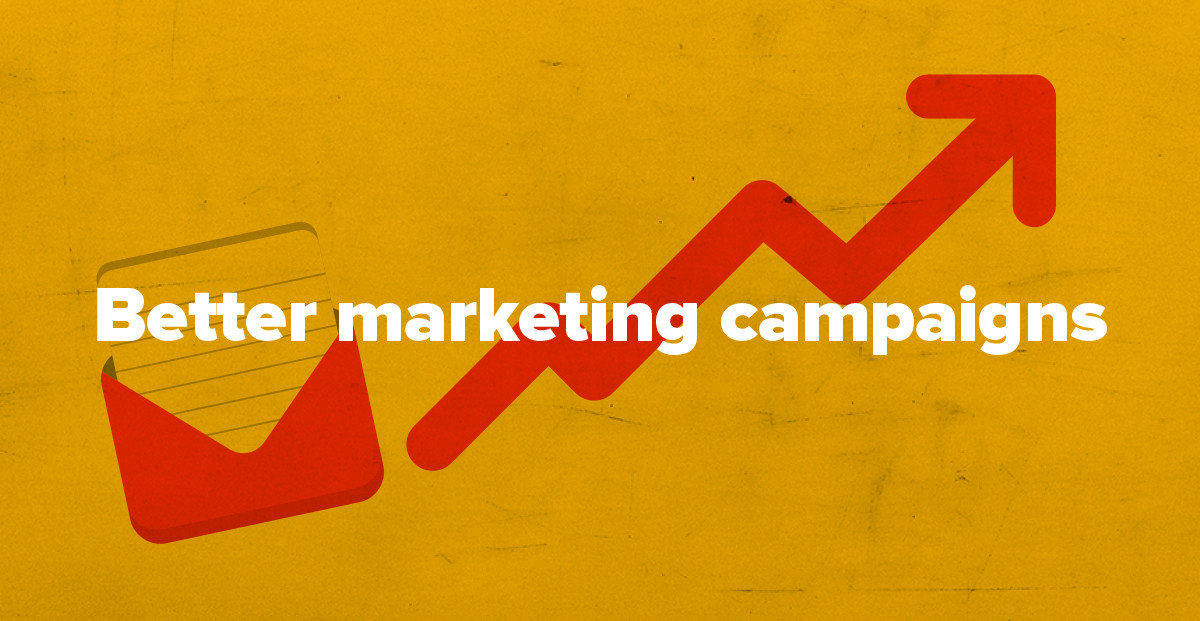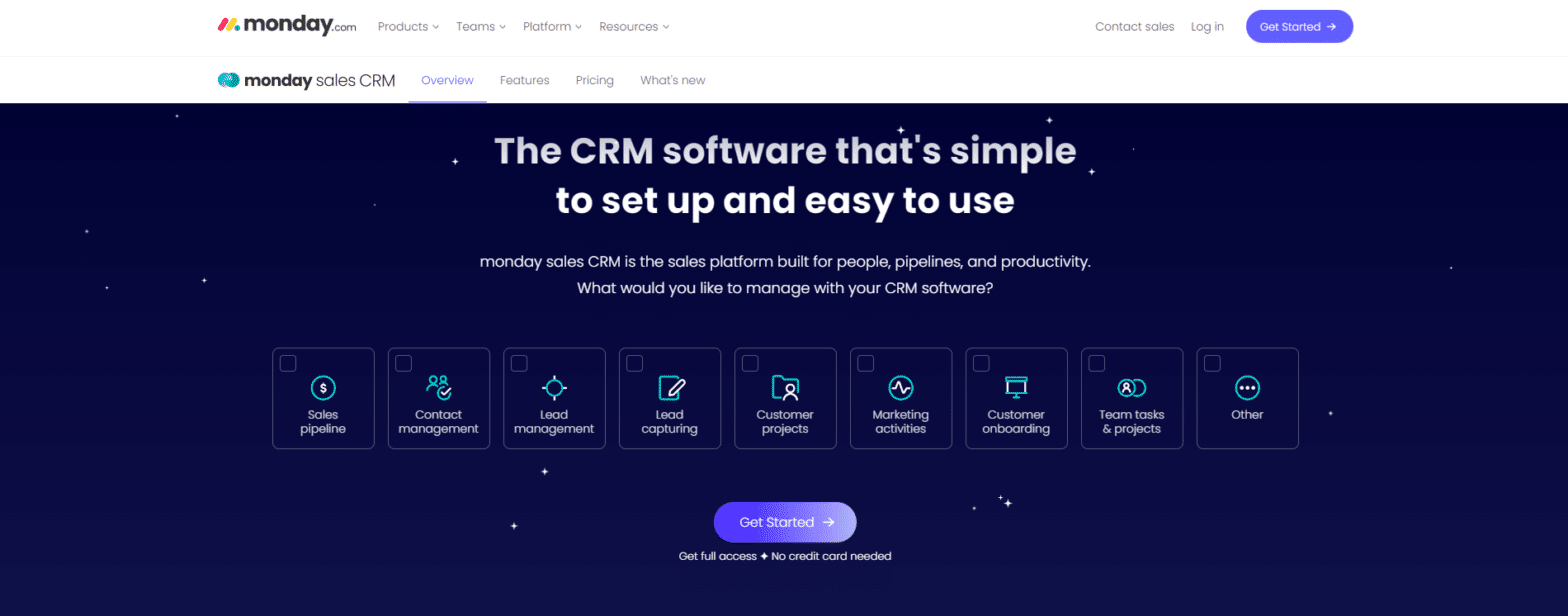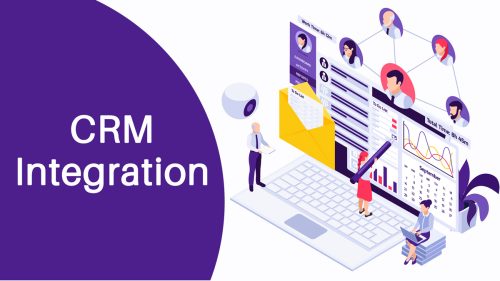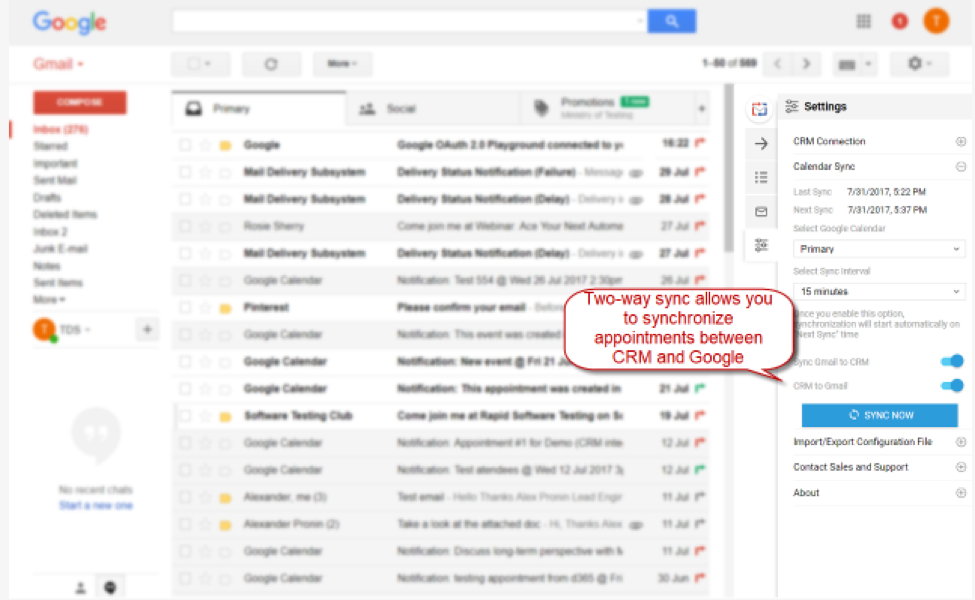Supercharge Your Business: Mastering CRM, Marketing, and Social Engagement for Explosive Growth
Unlocking Business Potential: The Synergy of CRM, Marketing, and Social Engagement
In today’s dynamic business landscape, companies are constantly seeking a competitive edge. The key to thriving lies not just in offering a superior product or service, but in cultivating meaningful relationships with customers and understanding their needs. This is where the powerful trifecta of Customer Relationship Management (CRM), marketing, and social engagement comes into play. Integrating these three pillars can revolutionize how you operate, leading to increased customer loyalty, improved brand awareness, and ultimately, exponential growth. This comprehensive guide will delve deep into each component, exploring how they intertwine and providing actionable strategies to help you master this crucial combination.
Understanding the Core Components: CRM, Marketing, and Social Engagement
Customer Relationship Management (CRM): The Foundation of Customer-Centricity
At the heart of any successful business strategy is a robust CRM system. CRM is more than just software; it’s a philosophy that puts the customer at the center of all operations. It involves managing all interactions and data points related to your customers, from initial contact to post-sale support. A well-implemented CRM system acts as a central hub, providing a 360-degree view of each customer, enabling you to personalize interactions, anticipate needs, and build lasting relationships.
Key benefits of a CRM system include:
- Improved Customer Retention: By understanding customer preferences and history, you can proactively address their needs and provide exceptional service, fostering loyalty.
- Enhanced Sales Efficiency: CRM streamlines the sales process, automates repetitive tasks, and provides sales teams with the information they need to close deals faster.
- Data-Driven Decision Making: CRM provides valuable insights into customer behavior, sales trends, and marketing campaign performance, allowing for data-driven decision-making.
- Increased Productivity: Automation and streamlined workflows free up your team to focus on higher-value activities.
Choosing the right CRM system depends on your specific business needs. Consider factors like the size of your company, your industry, and your budget. Popular CRM platforms include Salesforce, HubSpot CRM, Zoho CRM, and Microsoft Dynamics 365, each offering a range of features and integrations.
Marketing: Reaching Your Target Audience
Marketing is the engine that drives customer acquisition and brand awareness. It involves a wide range of activities, from traditional advertising to digital marketing strategies, all aimed at attracting and engaging your target audience. In the context of the CRM, marketing efforts should be targeted and personalized, leveraging the customer data stored in your CRM system.
Key marketing strategies that complement CRM include:
- Content Marketing: Creating valuable and engaging content (blog posts, videos, infographics) to attract and educate your target audience.
- Email Marketing: Sending targeted email campaigns to nurture leads, promote products, and keep customers informed.
- Social Media Marketing: Building a brand presence on social media platforms, engaging with followers, and running targeted advertising campaigns.
- Search Engine Optimization (SEO): Optimizing your website and content to rank higher in search engine results, driving organic traffic.
- Paid Advertising (PPC): Running paid advertising campaigns on platforms like Google Ads and social media to reach a wider audience.
The goal of marketing is to generate leads, nurture them through the sales funnel, and ultimately convert them into paying customers. By integrating your marketing efforts with your CRM system, you can track the performance of your campaigns, measure your return on investment (ROI), and optimize your strategies for maximum impact.
Social Engagement: Building Community and Brand Loyalty
Social engagement is about building relationships with your audience on social media platforms. It involves actively listening to conversations, responding to comments and messages, and creating a community around your brand. Social engagement is no longer just a nice-to-have; it’s a necessity for businesses that want to thrive in the digital age.
Key aspects of social engagement include:
- Active Listening: Monitoring social media conversations to understand what people are saying about your brand, your products, and your industry.
- Community Building: Creating a space where your audience can connect with each other and with your brand.
- Content Sharing: Sharing valuable and engaging content that resonates with your audience.
- Responding to Comments and Messages: Providing timely and helpful responses to customer inquiries and feedback.
- Running Contests and Promotions: Engaging your audience with interactive contests and promotions.
Social engagement is a two-way street. It’s about listening to your audience, understanding their needs, and providing them with value. By actively engaging with your audience on social media, you can build brand loyalty, increase brand awareness, and drive traffic to your website.
The Interplay: How CRM, Marketing, and Social Engagement Work Together
The true power of these three components lies in their synergy. When CRM, marketing, and social engagement are integrated, they create a powerful ecosystem that drives business growth. Here’s how they work together:
- CRM as the Central Hub: The CRM system is the central hub that connects all the data and activities related to your customers. It stores customer information, tracks interactions, and provides insights into customer behavior.
- Marketing Leverages CRM Data: Marketing teams use the data stored in the CRM to create targeted and personalized campaigns. This includes segmenting your audience based on demographics, interests, and past interactions.
- Social Engagement Drives Leads and Awareness: Social media platforms are used to generate leads, build brand awareness, and drive traffic to your website. Social engagement activities can also feed data back into the CRM system.
- Closing the Loop: The CRM system tracks the entire customer journey, from initial contact to post-sale support. This allows you to measure the effectiveness of your marketing and social engagement efforts and make data-driven decisions to improve your results.
For example, imagine a potential customer interacts with your brand on social media, expressing interest in a specific product. The social media team can direct them to your website, where they can fill out a form, providing their contact information. This information is automatically entered into your CRM system. The marketing team can then use this information to send the potential customer targeted email campaigns, nurturing them through the sales funnel. The sales team can then reach out to the potential customer to close the deal. After the sale, the CRM system can be used to provide customer support and gather feedback, ensuring customer satisfaction and loyalty. This is a seamless integration between marketing, social, and CRM.
Strategies for Integration: Making it Work for Your Business
Successfully integrating CRM, marketing, and social engagement requires a strategic approach. Here are some key strategies to help you achieve seamless integration:
1. Choose the Right CRM Platform
The foundation of your integration strategy is selecting a CRM platform that meets your business needs. Consider the following factors:
- Scalability: Can the platform grow with your business?
- Integrations: Does it integrate with your existing marketing and social media tools?
- Features: Does it offer the features you need, such as lead management, sales automation, and reporting?
- Ease of Use: Is the platform user-friendly and easy to learn?
- Cost: Does it fit within your budget?
Research different CRM platforms and choose the one that best aligns with your business goals and requirements. Don’t be afraid to try out free trials of different CRM systems to gauge their usability and features.
2. Integrate Your Marketing Automation Tools
Marketing automation tools, such as email marketing platforms and social media management tools, can be integrated with your CRM system to streamline your marketing efforts. This allows you to:
- Automate email campaigns: Trigger emails based on customer behavior, such as website visits or form submissions.
- Personalize email content: Use CRM data to personalize email content and subject lines.
- Track campaign performance: Measure the ROI of your marketing campaigns and optimize your strategies.
- Segment your audience: Divide your audience into different segments based on their interests, demographics, and behavior.
Integrating your marketing automation tools with your CRM system ensures that all your marketing activities are aligned with your customer data and that you are delivering the right message to the right audience at the right time.
3. Connect Your Social Media Platforms
Integrating your social media platforms with your CRM system allows you to track social media interactions, monitor brand mentions, and engage with your audience more effectively. This can be achieved by:
- Social Listening: Monitor social media conversations to identify potential leads and customer feedback.
- Social Media Management Tools: Use social media management tools to schedule posts, track engagement, and analyze your social media performance.
- Lead Generation: Use social media platforms to generate leads by running targeted advertising campaigns and including lead generation forms in your posts.
- Customer Service: Respond to customer inquiries and feedback on social media platforms in a timely and professional manner.
By connecting your social media platforms with your CRM system, you can gain valuable insights into your audience’s behavior and preferences, and you can use this information to personalize your interactions and improve your customer service.
4. Establish Clear Processes and Workflows
To ensure smooth integration, it’s essential to establish clear processes and workflows for how data is shared between your CRM, marketing, and social engagement platforms. This includes:
- Data Entry Procedures: Standardize data entry procedures to ensure that data is consistent and accurate across all platforms.
- Lead Routing: Define how leads are routed from social media and marketing campaigns to your sales team.
- Customer Service Protocols: Establish protocols for handling customer inquiries and feedback across all channels.
- Reporting and Analytics: Create reports and dashboards to track the performance of your integrated strategy.
By establishing clear processes and workflows, you can ensure that your team is working efficiently and that data is flowing seamlessly between your different platforms.
5. Train Your Team
Your team is your most valuable asset. To ensure the successful integration of CRM, marketing, and social engagement, it’s crucial to train your team on how to use the different platforms and how to follow established processes and workflows. This includes:
- CRM Training: Provide training on how to use the CRM system, including how to enter data, manage leads, and generate reports.
- Marketing Automation Training: Train your marketing team on how to use marketing automation tools, such as email marketing platforms and social media management tools.
- Social Media Training: Train your social media team on how to engage with your audience, monitor social media conversations, and respond to customer inquiries.
- Cross-Functional Collaboration: Encourage collaboration between your sales, marketing, and social media teams.
By investing in training, you can empower your team to use the different platforms effectively and to work together to achieve your business goals.
6. Monitor and Analyze Your Results
Integration is not a set-it-and-forget-it process. You must continuously monitor and analyze your results to identify areas for improvement. This involves:
- Tracking Key Metrics: Track key metrics such as website traffic, lead generation, conversion rates, customer retention, and social media engagement.
- Analyzing Data: Analyze your data to identify trends and insights.
- Making Adjustments: Based on your analysis, make adjustments to your strategies and processes to improve your results.
- Regular Reporting: Create regular reports to track your progress and to share your findings with your team.
By continuously monitoring and analyzing your results, you can ensure that your integrated strategy is working effectively and that you are achieving your business goals.
Advanced Strategies: Taking it to the Next Level
Once you’ve established a solid foundation, you can explore advanced strategies to further optimize your CRM, marketing, and social engagement efforts:
1. Personalization at Scale
Leverage the data in your CRM system to personalize your marketing and social engagement efforts. This can include:
- Dynamic Content: Displaying different content to different users based on their interests, demographics, and past interactions.
- Personalized Email Campaigns: Sending personalized email campaigns that are tailored to each customer’s individual needs and preferences.
- Personalized Product Recommendations: Recommending products to customers based on their past purchases and browsing history.
Personalization can significantly improve customer engagement and conversion rates. By delivering the right message to the right customer at the right time, you can build stronger relationships and drive sales.
2. Predictive Analytics
Use predictive analytics to anticipate customer behavior and to make data-driven decisions. This can include:
- Predicting Customer Churn: Identifying customers who are at risk of churning and taking proactive steps to retain them.
- Predicting Customer Lifetime Value: Estimating the lifetime value of each customer to prioritize your efforts.
- Predicting Sales Opportunities: Identifying potential sales opportunities and targeting your sales efforts accordingly.
Predictive analytics can help you make more informed decisions and improve your overall business performance.
3. Artificial Intelligence (AI) and Machine Learning (ML)
Explore the use of AI and ML to automate tasks, personalize experiences, and improve your marketing and social engagement efforts. This can include:
- Chatbots: Using chatbots to provide customer support and answer frequently asked questions.
- AI-Powered Content Creation: Using AI to generate content ideas, write blog posts, and create social media updates.
- AI-Powered Advertising: Using AI to optimize your advertising campaigns and to target the right audience.
AI and ML can help you automate tasks, improve efficiency, and gain a competitive edge.
4. Omnichannel Marketing
Create a seamless customer experience across all channels, including email, social media, website, and in-person interactions. This involves:
- Consistent Messaging: Delivering a consistent brand message across all channels.
- Integrated Customer Data: Sharing customer data across all channels to provide a unified view of each customer.
- Personalized Experiences: Personalizing the customer experience across all channels.
Omnichannel marketing can improve customer satisfaction and loyalty, and it can drive sales.
Measuring Success: Key Metrics to Track
To determine the effectiveness of your integrated CRM, marketing, and social engagement strategy, it’s essential to track key metrics. These metrics will provide insights into your progress and help you optimize your efforts.
CRM Metrics
- Customer Acquisition Cost (CAC): The cost of acquiring a new customer.
- Customer Lifetime Value (CLTV): The predicted revenue a customer will generate over their relationship with your business.
- Customer Retention Rate: The percentage of customers you retain over a period of time.
- Churn Rate: The percentage of customers who stop doing business with you.
- Sales Cycle Length: The time it takes to close a sale.
Marketing Metrics
- Website Traffic: The number of visitors to your website.
- Lead Generation: The number of leads generated from your marketing campaigns.
- Conversion Rates: The percentage of leads that convert into customers.
- Return on Investment (ROI): The profitability of your marketing campaigns.
- Cost Per Acquisition (CPA): The cost of acquiring a new customer through marketing efforts.
Social Engagement Metrics
- Reach: The number of people who see your content.
- Engagement Rate: The percentage of people who interact with your content.
- Follower Growth: The rate at which your followers are growing.
- Brand Mentions: The number of times your brand is mentioned on social media.
- Sentiment Analysis: The overall sentiment (positive, negative, or neutral) towards your brand.
By tracking these metrics, you can gain a clear understanding of your performance and make data-driven decisions to improve your results.
Challenges and Solutions: Navigating the Roadblocks
While the integration of CRM, marketing, and social engagement offers significant benefits, it’s important to be aware of potential challenges and to have solutions in place.
1. Data Silos
Data silos occur when data is stored in different systems and is not shared between them. This can hinder your ability to get a complete view of your customers and to make data-driven decisions.
Solution: Choose a CRM platform that integrates with your marketing and social media tools. Establish clear processes and workflows for data sharing. Implement data cleansing and standardization procedures.
2. Lack of Integration
Without proper integration, your CRM, marketing, and social engagement efforts will be disconnected, leading to inefficiencies and missed opportunities.
Solution: Choose a CRM platform that integrates with your existing tools. Use APIs and webhooks to connect your different platforms. Establish clear processes and workflows for data sharing.
3. Resistance to Change
Employees may resist adopting new technologies or changing their workflows. This can hinder the successful implementation of your integrated strategy.
Solution: Provide training and support to your team. Communicate the benefits of the new system. Involve your team in the implementation process. Celebrate successes and recognize team members who embrace the new system.
4. Poor Data Quality
Inaccurate or incomplete data can lead to poor decision-making and wasted marketing efforts.
Solution: Implement data cleansing and standardization procedures. Train your team on how to enter data accurately. Regularly review and update your data.
5. Lack of Resources
Implementing and maintaining an integrated strategy can require significant resources, including time, money, and personnel.
Solution: Start small and scale up as you gain experience. Prioritize your efforts and focus on the areas that will have the biggest impact. Outsource tasks if necessary.
Conclusion: Embracing the Future of Business
The integration of CRM, marketing, and social engagement is no longer optional; it’s essential for businesses that want to thrive in today’s competitive landscape. By embracing this integrated approach, you can build stronger customer relationships, improve brand awareness, and drive exponential growth. The journey to integration may have its challenges, but the rewards – increased customer loyalty, improved sales, and a stronger brand presence – are well worth the effort. Start today by assessing your current systems, identifying areas for improvement, and developing a strategic plan. With the right tools, processes, and team, you can unlock the full potential of your business and achieve lasting success. The future of business is customer-centric, data-driven, and socially engaged. Are you ready?





